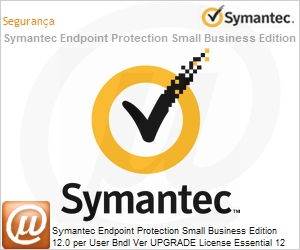
Set Microsoft Defender Antivirus to passive mode on Windows Server Re-enable Defender Antivirus on Windows Server if it was uninstalled Re-enable Defender Antivirus on Windows Server if it was disabled To reinstall or enable Microsoft Defender Antivirus on Windows Server, perform the following tasks: In those cases, Microsoft Defender Antivirus is disabled or uninstalled manually.

On Windows servers, when a non-Microsoft antivirus/antimalware is installed, Microsoft Defender Antivirus can't run alongside the non-Microsoft antivirus solution. On Windows Server, you'll need to reinstall Microsoft Defender Antivirus, and set it to passive mode manually. If the non-Microsoft antivirus solution is uninstalled, Microsoft Defender Antivirus goes into active mode automatically. Later, when the client endpoints are onboarded to Defender for Endpoint, if those endpoints are running a non-Microsoft antivirus solution, Microsoft Defender Antivirus goes into passive mode. When a non-Microsoft antivirus/antimalware solution is installed and the clients aren't yet onboarded to Defender for Endpoint, Microsoft Defender Antivirus is disabled automatically.

In general, Microsoft Defender Antivirus should still be installed, but is most likely disabled at this point of the migration process. In general, you don't need to take any action for Windows clients (unless Microsoft Defender Antivirus has been uninstalled). Windows clients (such as endpoints running Windows 10 and Windows 11) The following table describes what to do on your Windows clients and servers. To learn more, see Antivirus protection with Defender for Endpoint.Īs you're making the switch to Defender for Endpoint, you might need to take certain steps to reinstall or enable Microsoft Defender Antivirus. When endpoints running Windows are onboarded to Defender for Endpoint, Microsoft Defender Antivirus can run in passive mode alongside a non-Microsoft antivirus solution. On certain versions of Windows, Microsoft Defender Antivirus was likely uninstalled or disabled when your non-Microsoft antivirus/antimalware solution was installed. Reinstall/enable Microsoft Defender Antivirus on your endpoints
/thumb.jpg)


 0 kommentar(er)
0 kommentar(er)
